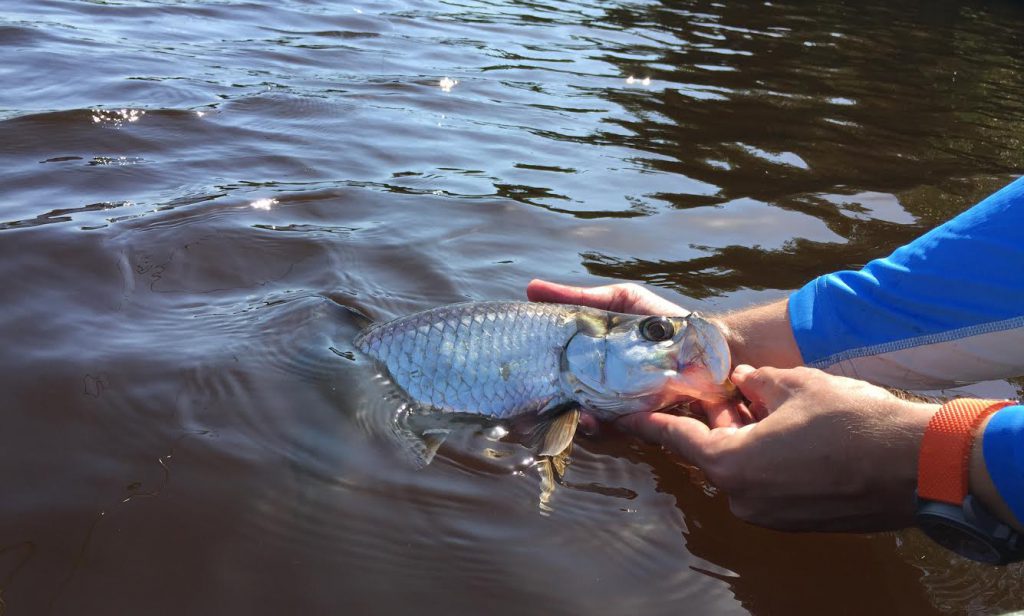Loss and degradation of juvenile habitat is the single biggest threat to tarpon populations worldwide, and they have been classified as “Vulnerable” by the International Union for Conservation of Nature, meaning there has been at least a 30 percent decrease in the population in the recent past. Protecting and restoring critical juvenile habitat is the best way to preserve tarpon populations for the future. BTT maps juvenile tarpon habitat to 1) determine the habitat characteristics that are best for juvenile tarpon and 2) protect healthy habitats and identify other areas for habitat restoration. BTT has already been involved with three juvenile habitat restoration projects and we will use this data to expand the restoration and protection efforts.
Click here to read BTT Juvenile Tarpon Habitat Program Manager JoEllen Wilson’s recent article in Coastal Angler Magazine.




